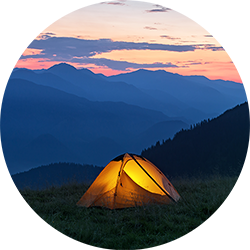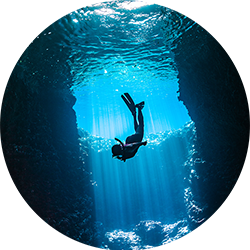Northern Lights In Europe
Seeing the Northern Lights in Europe feels completely unreal, as if nature is just showing off up there. The colors rise slowly, shifting from soft green to deep purple, then stretching across the horizon like a moving painting. People travel thousands of miles for this moment, but nothing prepares you for how quiet and personal it feels. The world seems to pause, and the cold air suddenly feels gentle when the lights begin to shimmer above snow, lakes, and silent forests.
Experiencing the northern lights Europe is not just about watching a natural wonder. It is about the stillness, the anticipation, and the way the sky changes with every passing minute. Many travelers plan their journeys through carefully curated Europe Tour packages from platforms like Thrillophilia, making it easier to explore remote Arctic towns and warm cabins tucked under star-filled skies. Each destination offers its own view, from wide-open valleys in Norway to frozen lakes in Finland.
Whether you are searching for comfort, adventure, or simply a moment you will never forget, these places offer the perfect setting. A Europe trip during the aurora season becomes more than travel. It becomes a memory that stays with you long after the colors fade into the night.
Top Places to See Northern Lights in Norway:
1. Tromsø: One of the world’s most reliable aurora destinations with fjords, mountains, and easy access to guided chases.
2. Lofoten Islands: Dramatic peaks and open skies offering stunning northern lights photography spots.
3. Alta: Known as the “Town of the Northern Lights” with stable weather and long viewing windows.
4. Senja: Quiet island with dark skies and scenic fjords, ideal for peaceful aurora viewing.
5. Svalbard: Extreme Arctic location with polar nights where the aurora can appear even at midday.
Top Places to See Northern Lights in Finland:
1. Rovaniemi: Santa Claus Village, snowy forests, and aurora lodges make it a favorite winter spot.
2. Levi: A ski resort town with fells, igloos, and open landscapes perfect for aurora watching.
3. Saariselkä: Wide national parks and remote wilderness offering excellent dark-sky conditions.
4. Nellim: Quiet lakeside village known for clear skies and glass-domed aurora cabins.
Top Places to See Northern Lights in Sweden:
1. Abisko: Famous “Blue Hole” microclimate offering some of the highest aurora visibility in Europe.
2. Kiruna: Arctic town with snow hotels, winter safaris, and strong northern lights activity.
3. Jukkasjärvi: Home to the Icehotel and open snowy plains ideal for northern lights sightings.
Top Places to See Northern Lights in Iceland:
1. Reykjavik: Easy urban base with nearby dark-sky spots for quick aurora trips.
2. Thingvellir National Park: Open rift valleys and lakes creating beautiful aurora reflections.
3. Akureyri: Northern Iceland town with fjord views and reliable dark areas nearby.
4. Ísafjörður: Remote Westfjords location with dramatic winter landscapes and minimal light pollution.





